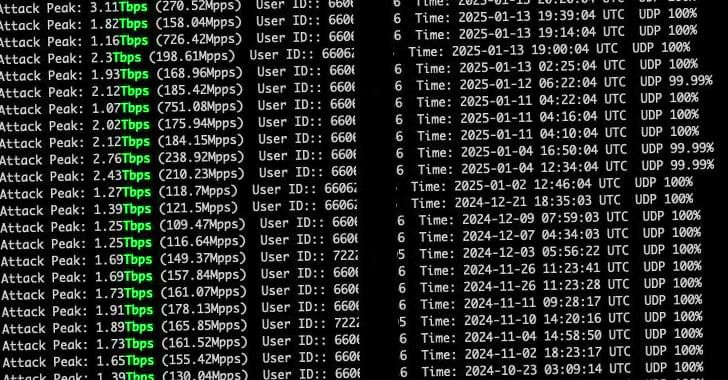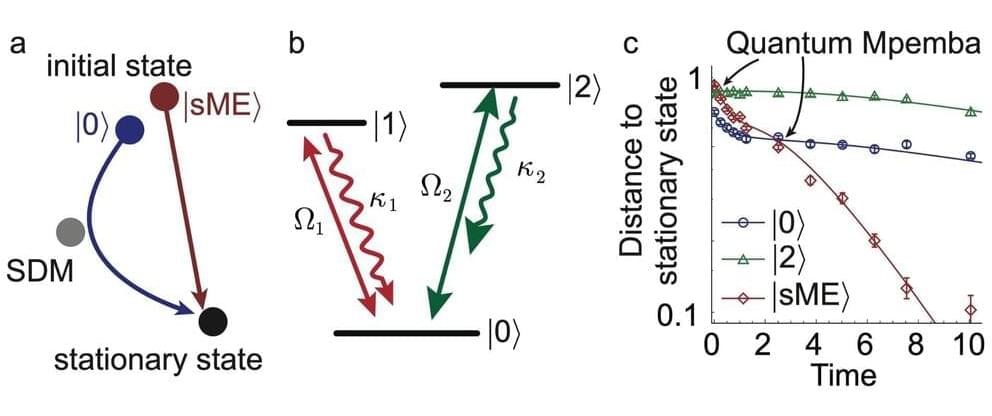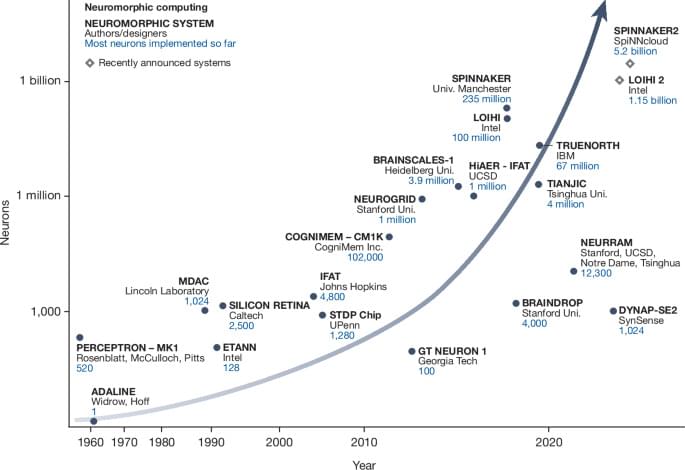Threat actors are exploiting an unspecified zero-day vulnerability in Cambium Networks cnPilot routers to deploy a variant of the AISURU botnet called AIRASHI to carry out distributed denial-of-service (DDoS) attacks.
According to QiAnXin XLab, the attacks have leveraged the security flaw since June 2024. Additional details about the shortcomings have been withheld to prevent further abuse.
Some of the other flaws weaponized by the distributed denial-of-service (DDoS) botnet include CVE-2013–3307, CVE-2016–20016, CVE-2017–5259, CVE-2018–14558, CVE-2020–25499, CVE-2020–8515, CVE-2022–3573, CVE-2022–40005, CVE-2022–44149, CVE-2023–28771, as well as those impacting AVTECH IP cameras, LILIN DVRs, and Shenzhen TVT devices.









